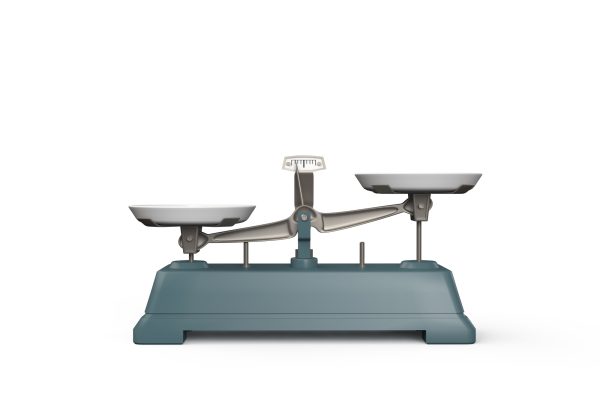Adjusting to a Jekyll & Hyde Market
The market has been behaving like Dr. Jekyll and Mr. Hyde over the past month, bouncing between good and bad news. Which personality will arrive this week? The extent of uncertainty applies to this year’s earnings, but also 2021 and 2022. As we’ve noted before, we are in a strange situation where near-term risks are far greater than longer-term risks. The recovery also remains very uneven. Some stocks remain 40% or more below early 2020 levels, while others have climbed over 50%.
Last Thursday’s jobs and unemployment reports brought some good news as non-farm payrolls climbed 4.8 million, ahead of expectations. 40% of that increase was driven by restaurants, hotels, and entertainment venues as they

continued to resume operations. This sector was most disrupted by the pandemic and would potentially experience the most rapid recovery upon reopening. In other good news, the unemployment rate ticked down to 11.1% from May’s 13.3%. Investors can see the recovery just waiting to happen and are continuing to look to a future where the virus is under control.
We should also expect that any signs of a slowing recovery would bring out the market’s Mr. Hyde again. Most importantly, the unemployment survey was taken the week ended June 12th, and that was before the recent surge in COVID cases. We are already seeing some states close restaurants and bars and curtail other activities. Since those returning workers accounted for a large chunk of the employment uptick, we should be prepared for those numbers to weaken in coming weeks.
A number of states—Arizona, California, Florida, Nevada, and Texas—are seeing sharply rising cases, and many others have also shifted back to positive case growth. Those five states account for just over 30% of national personal income, so as they reverse reopenings, the economic recovery could slow. Offsetting those headwinds, however, is the continuing reopening in the northeastern states and the four largest states there account for 15% of national personal income. The NY experience shows that regions can get the outbreak under control and that it doesn’t take all that long. NY opens up more activities today, even as it takes a more cautious stance by pushing out indoor dining indefinitely. Nevertheless, the third quarter will likely show GDP growth over 20-25% (at an annual rate) since the U.S. is still moving away from the more widespread shutdown of March and April.
Adjusting to a Jekyll & Hyde Market
Investors seem to be taking the increase in cases in stride. And that brings us back to the fundamental forward-looking imperative of investing. Investors realize that sales and profits will recover eventually and they want to be sure to own the best of the bunch. Forecasts of sales and profits in 2021, 2022, and even 2023 are dominating the narrative and driving the amount investors are willing to pay for stocks today. We all know that COVID and the related shutdowns are taking a big bite out of profits in 2020. But the initial decline in stocks from February through March took too much out of company valuations. Stocks behaved as if the economic hit from the virus would be permanent and much larger than was reasonable. That was fear talking, and the market corrected itself. Markets have surged higher since the late March low on the hope that the U.S. would suppress case growth and find treatments relatively quickly and be able to get back to work. It now looks like it will take longer than initially expected when we were using China, or even Europe, as a model for the recovery path. Early results suggest that a vaccine could be found and available next year, and that should allow investors to continue to focus on the long-term earnings power of companies, rather than the near-term disruptions.
Investors have a choice to make. The Jekyll & Hyde market will probably stick around for a while. For those with patience, focus on the long term and recognize the advantage in some of the low valuations the market is providing, both in the U.S. and abroad. The uneven recovery in stocks and the growth that persists in several areas—internet, online retail, cloud—provide opportunities in select stocks, even as the broader market trades above its historical average. But know that uneven news on COVID and economic recovery will likely keep volatility elevated for some time. Alternatively, recognize that income-generating stocks, with some fixed income mixed in, can lower volatility and minimize any need to draw on principal. While some companies cut dividends as cash flow dried up, many others have solid balance sheets and sufficient cash flows to continue to sustain dividends through the crisis. Finally, recognize that fixed income provides safety and some yield, even at today’s low market rates. The Fed has stepped in to provide liquidity to a wide range of fixed income markets. Our approach (see recent commentary here) is to cherry pick among corporate bonds and preferreds to deliver yields well above the market’s average, and even do so using primarily investment grade securities.




LATEST ARTICLES